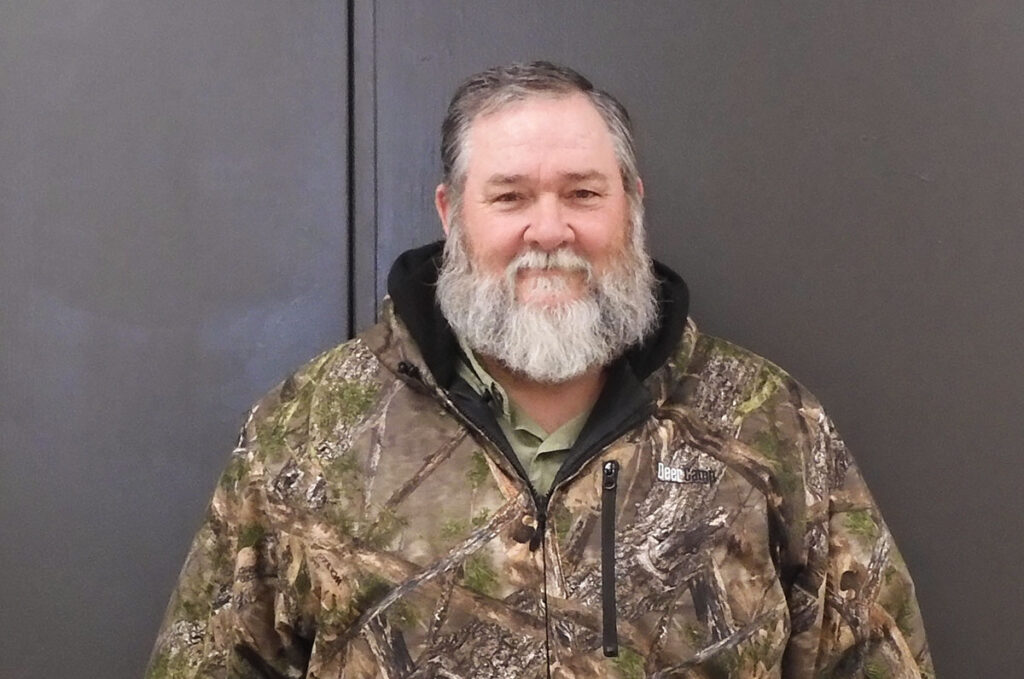
Hometown: West Fork, Ark.
Family: Wife LaDonna, and children Darci (26) Dalton (23) and Dayva (7)
In Town: “I have been teaching ag at West Fork High School for 26 years. Like most ag teachers, I work 12 months a year and weekends helping students with livestock and preparing for shows etc. As the years have passed, our curriculum has become more defined by state mandates. I teach two sections of a survey of agriculture which is a ninth grade introductory class. I also teach animal science and advanced animal science, as well as ag mechanics and advanced ag mechanics. My schedule is filled out with a metals/welding class. Because I am the only teacher, our district must limit the number of course options, and these best meet local needs as well as playing into my strengths. The thing I like best about teaching is students asking questions, learning from the answers and maybe even graduating in a career related to those answers. I also drive a bus before and after school.”
In The County: “My wife LaDonna and I have been married for 29 years. We own 75 acres and lease multiple pieces of ground for haying or pasture. I have a herd of 50 mostly black commercial cows bred by registered Red Angus or Angus bulls ,with a Texas Longhorn used for first-calf heifers. One advantage of a Longhorn bull is that I have never had to pull a calf from a heifer bred by one. In addition, by the time a first-calf heifer has a calf out of the Longhorn/Angus cross, the calf is three-quarters Angus with the Longhorn bloodline barely visible. Since my herd is the right size for the time I have, I retain only five heifers per year to serve as replacements. The biggest challenge facing many farmers is making a profit with feed costs being the highest input factor. As a result, I prefer calves born one month before the grass turns green. That means the cows are still eating hay when a newborn needs less milk. By the time the grass turns green, the cows are in full milk production, and the calves ready for the extra nutrition to support their growth. At two months calves are vaccinated and tagged, and bull calves knife cut. When weaned at 45 days old, they receive another round of shots and are kept for at least 45 more days before being taken to market. While I feed very little grain, grain does serve as dessert so the herd is bucket trained and easy to gather to work. Importantly, the weaned calves will follow the feed bucket into the pen and I can load them up for market in only 15 to 20 minutes.”






